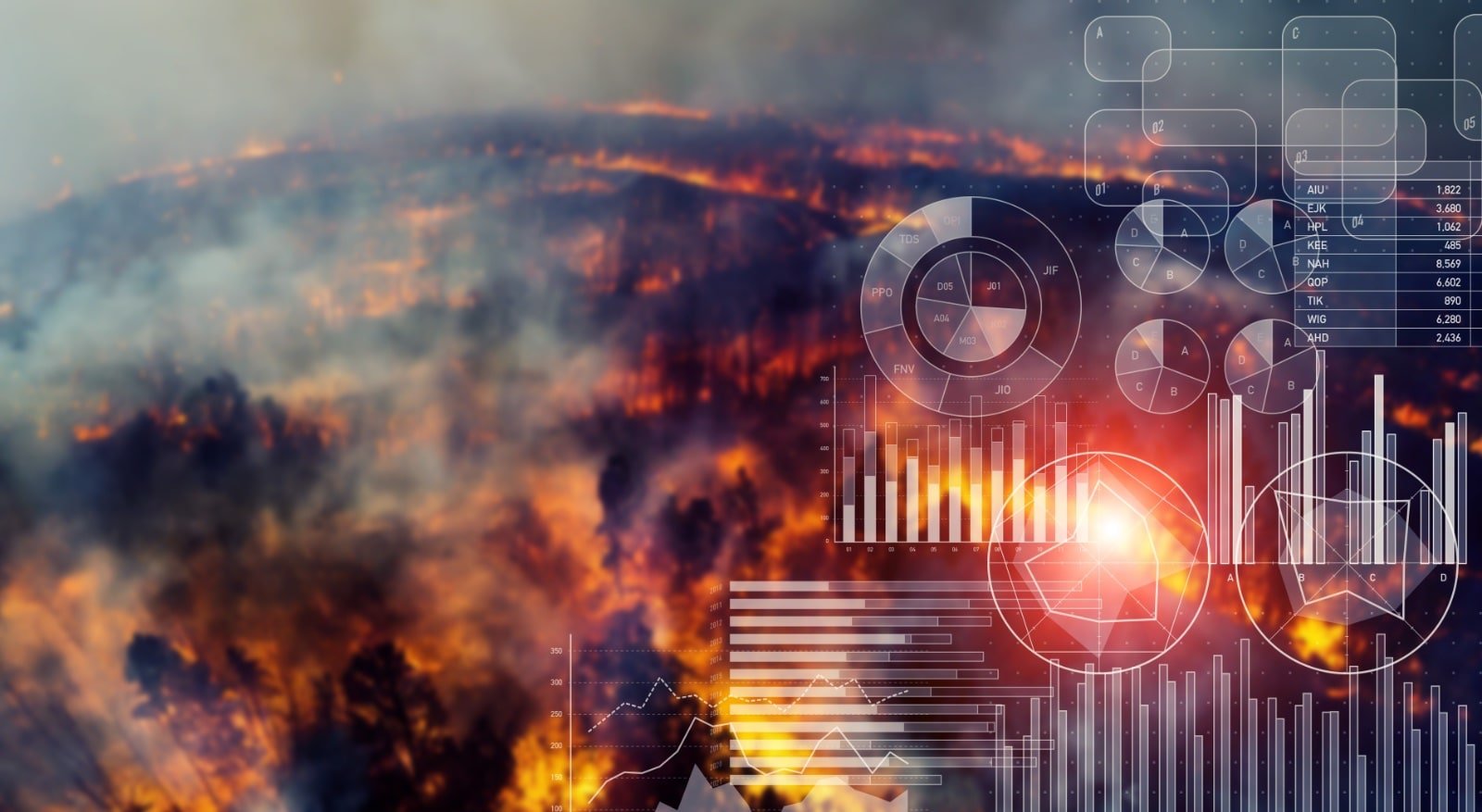In the world of real estate, transparency is crucial. Both sellers and buyers need to be aware of any potential risks associated with a property, including those that come from natural hazards. In California, this transparency is mandated by law through the Natural Hazard Disclosure (NHD) Act. This comprehensive guide will delve into the details of NHD, its implications, and its importance to all parties involved in a real estate transaction.
Understanding Natural Hazard Disclosures
The Natural Hazard Disclosure (NHD) Act, under Section 1103 of the California Civil Code, stipulates that real estate sellers and brokers are legally obligated to disclose if the property on the market lies within any state or locally mapped hazard areas. This law ensures that prospective buyers are aware of any potential natural hazards that could impact the property, enabling them to make an informed decision.
A natural hazard zone refers to regions where properties are at a heightened risk of damage or destruction due to natural disasters or phenomena. These may include earthquakes, tornadoes, landslides, wildfires, volcanoes, hurricanes, tsunamis, and more.
The NHD Report is a legally required document in California that informs potential buyers if the property they are considering is located within a natural hazard zone. It is a crucial aspect of the home buying process, shedding light on the potential risks associated with the property.
Components of Natural Hazard Disclosures
The NHD Act requires the disclosure of six primary natural hazards. These are:
- Special Flood Hazard Areas
- Dam Inundation Zones
- Very High Fire Hazard Severity Zones
- Wildland Areas with Substantial Forest Fire Risks
- Earthquake Fault Zones
- Seismic Hazard Zones
Special Flood Hazard Areas
These are zones that are at high risk of flooding. Properties within these areas may require specific flood insurance, depending on local regulations and insurance policies.
Dam Inundation Zones
These zones are areas downstream from a dam that could be flooded in the event of a dam failure. The disclosure of such zones is essential to ensure that potential buyers are aware of the potential risks and can prepare accordingly.
Very High Fire Hazard Severity Zones
These zones are designated by the California Department of Forestry and Fire Protection (CDF) and reflect areas that have a high risk of wildfires. Properties in these zones may require specific fire insurance and may need to adhere to specific building and maintenance regulations to minimize fire risk.
Wildland Areas with Substantial Forest Fire Risks
These are regions identified by the State Board of Forestry where the California Department of Forestry and Fire Protection has primary responsibility for fire prevention and suppression.
Earthquake Fault Zones
These are areas designated by the State Geologist that are at high risk for earthquakes due to proximity to active earthquake faults.
Seismic Hazard Zones
These zones are areas mapped by the State Geologist that are at risk for seismic activity-related events, such as landslides or ground shaking.
Additional Disclosures in the NHD Report
Beyond the six primary hazards, the NHD report also covers a range of other potential hazards and considerations. These may include:
- Radon Gas Exposure
- Airport Influence Area
- Megan’s Law Disclosures
- Military Ordnance Locations
- Mello-Roos Tax
These additional disclosures further ensure potential buyers are fully informed of any risks or considerations associated with the property.
Obtaining the NHD Report
The NHD report is typically prepared by a third-party company specializing in such reports or by the seller with the assistance of their real estate agent. The seller usually bears the cost of obtaining the report, which typically ranges from $50 to $150.
It’s crucial that the chosen company provides a detailed and accurate report as they will assume liability for any inaccuracies. In California, it’s illegal for real estate agents to require sellers to use a specific NHD company or to receive monetary compensation or excessive gifts from vendors or affiliates, including disclosure companies.
The Importance of Disclosing Natural Hazards
The primary purpose of disclosing natural hazards is to protect potential buyers and allow them to make informed decisions. Knowledge of these hazards can impact insurance rates, future development plans, and overall property value. Moreover, it ensures transparency and fairness in real estate transactions, maintaining the integrity of the market.
Legal Implications of Non-Disclosure
Non-disclosure of natural hazards can have serious legal implications. If a seller knowingly sells a property without disclosing known natural hazards, the buyer may sue for damages. By obtaining a third-party NHD report, sellers can transfer the responsibility for the accuracy of the disclosures, protecting themselves from potential legal action.
Understanding the Risks
Each natural hazard comes with its own set of risks, and understanding these risks is crucial for both sellers and buyers.
Properties in flood hazard zones, for instance, may require flood insurance and may be subject to flooding during heavy rainfall. Similarly, properties in earthquake or seismic hazard zones may be at risk of significant damage during seismic events. Understanding these risks allows buyers to prepare adequately, whether that means purchasing appropriate insurance, making structural modifications to the property, or deciding to look for a property in a less risky area.
Options for Homes in Natural Hazard Zones
If a property is located within a natural hazard zone, the only option for the seller is full disclosure. However, being in a hazard zone does not necessarily preclude the sale of the property. Many properties located in such zones are still highly desirable, and with the right precautions and insurance, can still be a sound investment.
The Role of Real Estate Agents in NHD
Real estate agents play a crucial role in the NHD process. They can assist sellers in obtaining the NHD report, ensure that all necessary disclosures are made, and guide buyers through the implications of the report. With their expertise, they can smooth the process and ensure that all parties are fully informed.
Navigating the NHD Process
The process of obtaining and understanding an NHD report can be complex. From choosing a reliable third-party company to interpret the implications of the report, navigating the NHD process can be daunting. However, with the help of a knowledgeable real estate agent and a comprehensive understanding of the law, both sellers and buyers can navigate this process with confidence.
Conclusion
Understanding the Natural Hazard Disclosure Act and its requirements is essential for both sellers and buyers in the real estate market. By ensuring full disclosure of potential hazards, this law helps protect buyers, maintain transparency, and uphold the integrity of the real estate market. As a seller, complying with this act is not just a legal obligation but also a step towards responsible and ethical real estate practices.




